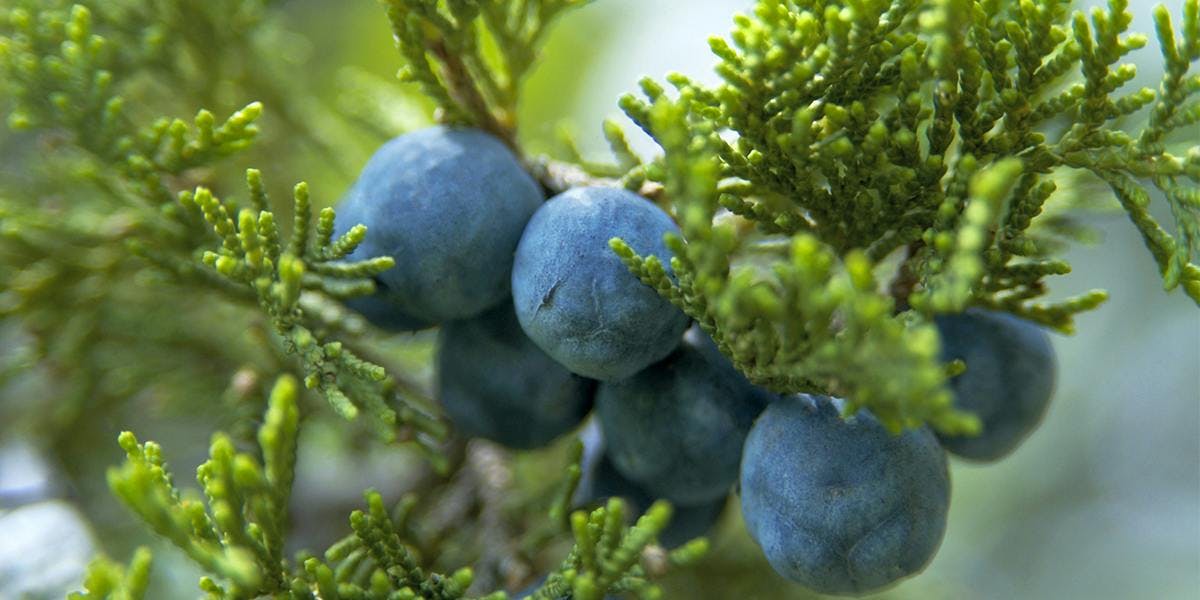
The Gin Herbarium: a guide to herbal gin botanicals!
As part of their quest to create the perfect gin, the distillers behind our September 2019 Gin of the Month, Wessex Alfred the Great Gin, turned to a mysterious medieval manuscript: the Herbarium, where folk magic and medicine meet.
It’s inspired us to write our very own Gin Herbarium, providing you with a few fun facts from the history of herbology, while offering practical advice on how to use your favourite herbal botanicals in your gin!
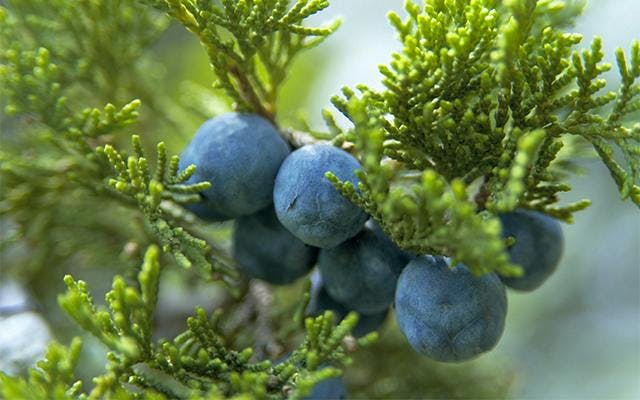
Juniper
Also known as: The solar shrub, so named by medieval herbalist and astrologer Nicholas Culpeper.
Did you know?
- The Anglo-Saxons used juniper as a cure for digestive issues.
- Juniper must be the signature flavour of any gin you try! Resinous, piney and fresh on the palate and nose, this beautiful botanical is what makes our favourite spirit irresistible.
- Juniper pairs beautifully with a whole lot of botanicals, tonics and cocktail ingredients - it’s the reason gin is such a versatile spirit.
- Juniper berries make a fabulous garnish, which is precisely why they’re in September 2019’s Gin of the Month box!
The Anglo-Saxons used juniper as a cure for digestive issues.
Juniper must be the signature flavour of any gin you try! Resinous, piney and fresh on the palate and nose, this beautiful botanical is what makes our favourite spirit irresistible.
Juniper pairs beautifully with a whole lot of botanicals, tonics and cocktail ingredients - it’s the reason gin is such a versatile spirit.
Juniper berries make a fabulous garnish, which is precisely why they’re in September 2019’s Gin of the Month box!
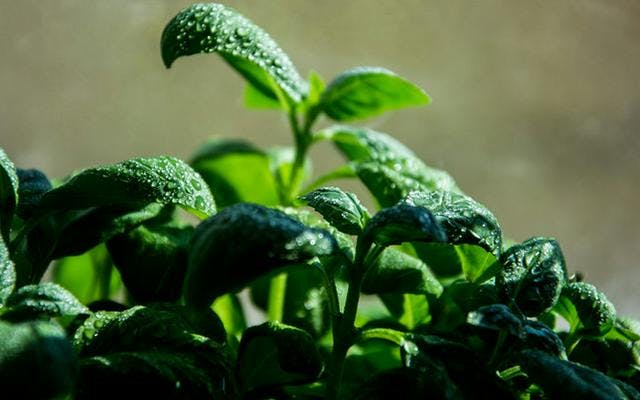
Basil
Also known as: The snake plant or St Joseph’s wort.
Did you know?
- Anglo-Saxon herbalists believed that basil’s name was derived from the word for basilisk, which was a mythical creature reputed to be the king of serpents!
- In the medieval Herbarium, basil is described as an antidote to snake bites.
- As a gin botanical, it’s bold, fresh and herbaceous; sweet yet peppery on the palate, with a camphor-like aroma on the nose.
- In gin-based drinks, it pairs well with tomato, strawberry and lime.
- Gently muddled, basil makes for an amazing cocktail! Add your basil leaves to a sturdy glass or cocktail shaker and press down gently with your muddler and twist until the scent of basil fills the air.
Anglo-Saxon herbalists believed that basil’s name was derived from the word for basilisk, which was a mythical creature reputed to be the king of serpents!
In the medieval Herbarium, basil is described as an antidote to snake bites.
As a gin botanical, it’s bold, fresh and herbaceous; sweet yet peppery on the palate, with a camphor-like aroma on the nose.
In gin-based drinks, it pairs well with tomato, strawberry and lime.
Gently muddled, basil makes for an amazing cocktail! Add your basil leaves to a sturdy glass or cocktail shaker and press down gently with your muddler and twist until the scent of basil fills the air.
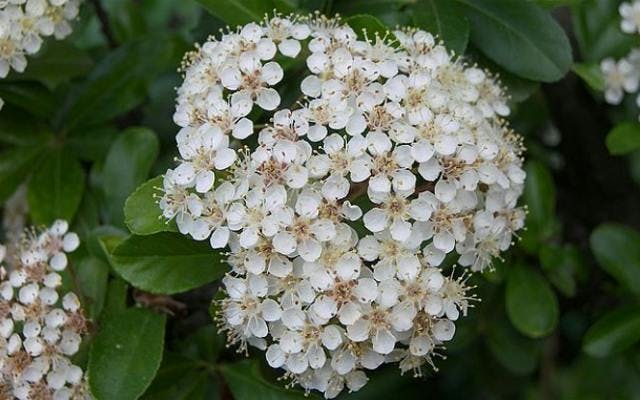
Angelica Root
Also known as: Root of the Holy Ghost, archangel, ground ash and wild celery.
Did you know?
- Said to bloom on St Michael’s feast day, angelica was used by Anglo-Saxons as protection against the plague and evil spirits, as well as in earache cures and for hex-breaking!
- As a gin botanical, Angelica root, has notes of earth and wood. Its musky, bittersweet warmth often takes a backseat in classic gins, playing second fiddle to juniper.
- Angelica root acts as a flavour fixative, binding together the other botanicals in the spirit.
- In gin-based drinks, it pairs well with plum, almond, rhubarb and the traditional gin botanicals in Wessex Alfred the Great Gin!
- Angelica root can be used to make bitters, vermouth, dubonnet and chartreuse.
Said to bloom on St Michael’s feast day, angelica was used by Anglo-Saxons as protection against the plague and evil spirits, as well as in earache cures and for hex-breaking!
As a gin botanical, Angelica root, has notes of earth and wood. Its musky, bittersweet warmth often takes a backseat in classic gins, playing second fiddle to juniper.
Angelica root acts as a flavour fixative, binding together the other botanicals in the spirit.
In gin-based drinks, it pairs well with plum, almond, rhubarb and the traditional gin botanicals in Wessex Alfred the Great Gin!
Angelica root can be used to make bitters, vermouth, dubonnet and chartreuse.
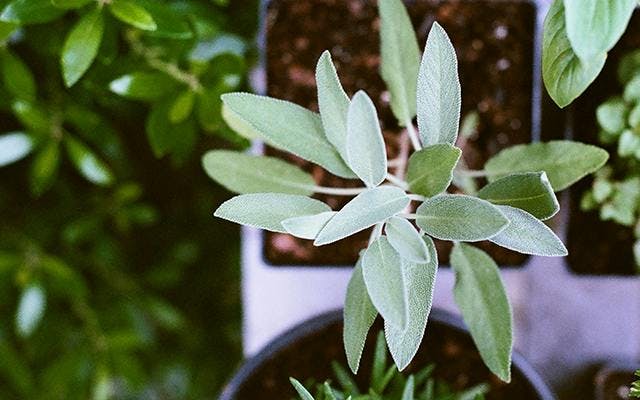
Sage
Also known as: The Salvation Plant.
Did you know?
- In Anglo-Saxon times, sage was thought to benefit both body and mind by fighting infections and quickening the senses and memory, hence the word’s other meaning: a person of profound wisdom.
- Potent on the palate and nose, this herb stands out in a botanical blend.
- In gin, sage pairs well with sweet fruits like apple and pineapple, which balance its strong flavour.
- Delicate yet intensely flavourful, sage leaves make delightful garnishes in your gin cocktail!
In Anglo-Saxon times, sage was thought to benefit both body and mind by fighting infections and quickening the senses and memory, hence the word’s other meaning: a person of profound wisdom.
Potent on the palate and nose, this herb stands out in a botanical blend.
In gin, sage pairs well with sweet fruits like apple and pineapple, which balance its strong flavour.
Delicate yet intensely flavourful, sage leaves make delightful garnishes in your gin cocktail!

Chamomile
Also known as: Pin head or ground apple.
Did you know?
- According to the Old English Herbarium, if picked before sunrise chamomile could ease eye pain.
- Anglo-Saxon herbalists also used it to sooth fevers and encourage lucid dreaming.
- Herbal yet floral, these daisy-like flowers are intensely aromatic when distilled.
- Chamomile pairs well with apple in gin - like the slices in September’s Gin of the Month box!
- Infuse your gin with chamomile! Simply combine 300ml gin with ten sprigs of flowering chamomile and refrigerate for a minimum of 20 hours. Then discard the chamomile and use your chamomile-infused gin to make a cocktail.
According to the Old English Herbarium, if picked before sunrise chamomile could ease eye pain.
Anglo-Saxon herbalists also used it to sooth fevers and encourage lucid dreaming.
Herbal yet floral, these daisy-like flowers are intensely aromatic when distilled.
Chamomile pairs well with apple in gin - like the slices in September’s Gin of the Month box!
Infuse your gin with chamomile! Simply combine 300ml gin with ten sprigs of flowering chamomile and refrigerate for a minimum of 20 hours. Then discard the chamomile and use your chamomile-infused gin to make a cocktail.
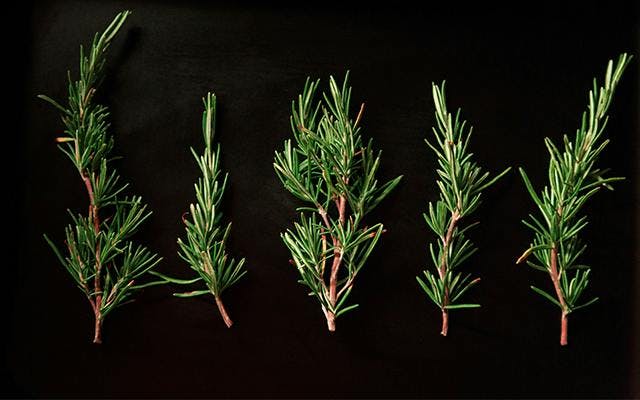
Rosemary
Also known as: Dew of the sea.
Did you know?
- According to the medieval Herbarium, rosemary was used to soothe toothaches and treat fresh wounds.
- Rosemary was placed under pillows to ward off nightmares and was exchanged by brides and grooms as a symbol of wisdom and faithfulness.
- As a gin botanical, rosemary has savoury heart notes and a woody aftertaste.
- With gin, it pairs well with citrus fruits.
- Infuse your cocktails with the woodsy flavours of rosemary by using it to make a syrup: combine 200ml of water and 200g of sugar in a saucepan, along with five sprigs of rosemary. Place over medium heat and allow to simmer until the sugar dissolves. Remove from the heat and cool for one hour, then remove the rosemary sprigs.
According to the medieval Herbarium, rosemary was used to soothe toothaches and treat fresh wounds.
Rosemary was placed under pillows to ward off nightmares and was exchanged by brides and grooms as a symbol of wisdom and faithfulness.
As a gin botanical, rosemary has savoury heart notes and a woody aftertaste.
With gin, it pairs well with citrus fruits.
Infuse your cocktails with the woodsy flavours of rosemary by using it to make a syrup: combine 200ml of water and 200g of sugar in a saucepan, along with five sprigs of rosemary. Place over medium heat and allow to simmer until the sugar dissolves. Remove from the heat and cool for one hour, then remove the rosemary sprigs.
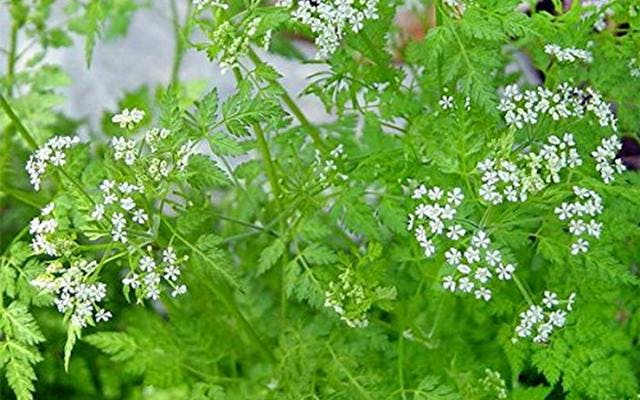
Chervil
Also known as: French parsley.
Did you know?
- According to the Old English Herbarium, chervil was used to strengthen the stomach, and was almost certainly used by Alfred the Great, who suffered from stomach ailments throughout his life.
- It was one of the nine herbs that the Anglo-Saxons held most sacred, according to a 10th century text called Remedies.
- Sweet, soothing and fragrant, as a gin botanical this mildly flavoured herb melts into the background, while unlocking depths of flavour in the botanicals it accompanies.
- In gin drinks, it pairs well with egg whites. Use it in cocktails like the Clover Clubs and Gin Sours.
According to the Old English Herbarium, chervil was used to strengthen the stomach, and was almost certainly used by Alfred the Great, who suffered from stomach ailments throughout his life.
It was one of the nine herbs that the Anglo-Saxons held most sacred, according to a 10th century text called Remedies.
Sweet, soothing and fragrant, as a gin botanical this mildly flavoured herb melts into the background, while unlocking depths of flavour in the botanicals it accompanies.
In gin drinks, it pairs well with egg whites. Use it in cocktails like the Clover Clubs and Gin Sours.
Like this? You might also be interested in:
- Handy guide to pairing your garnish with your gin
- Grow your own gin garnish
- How to use edible flowers in your cocktails







